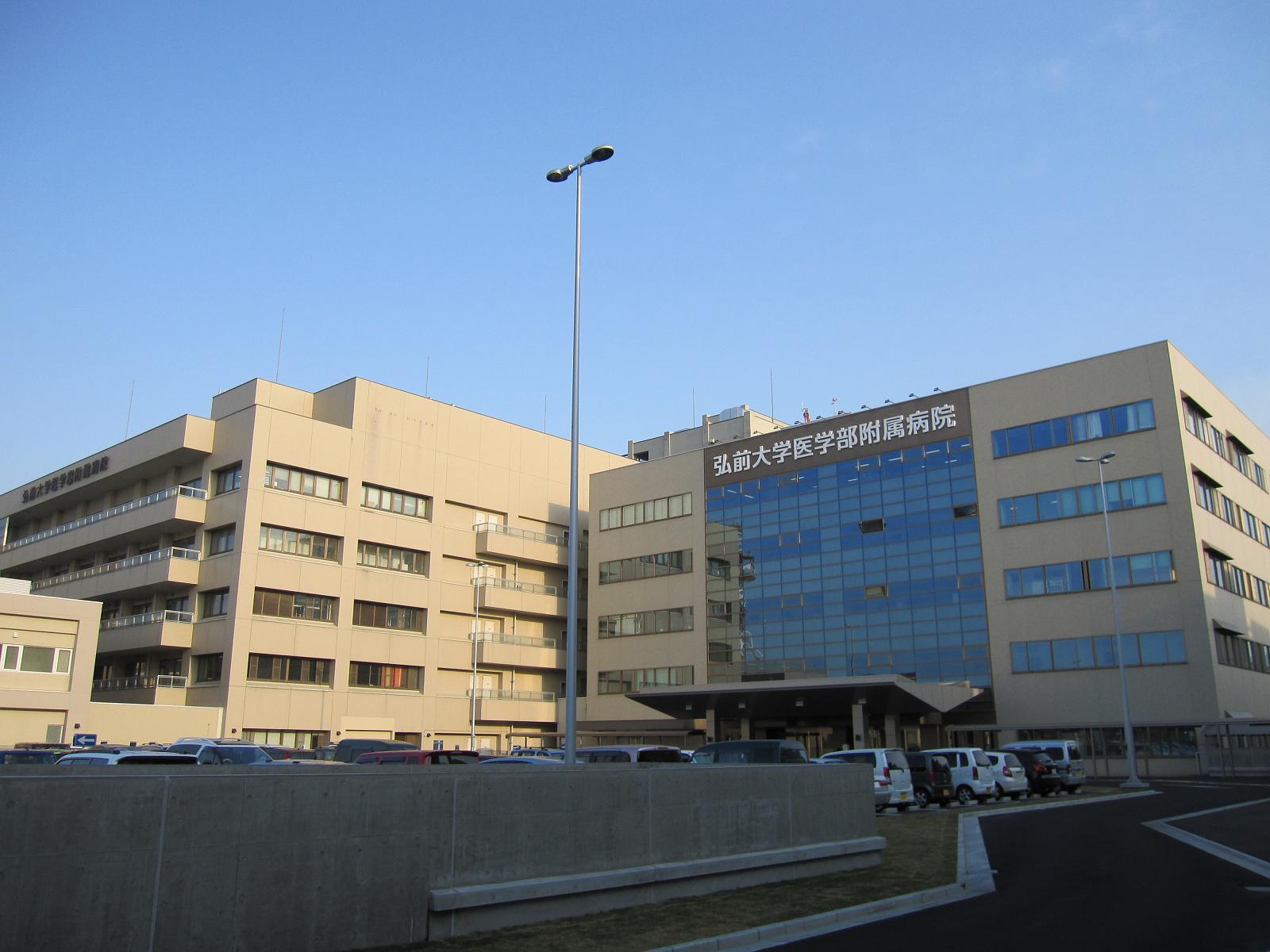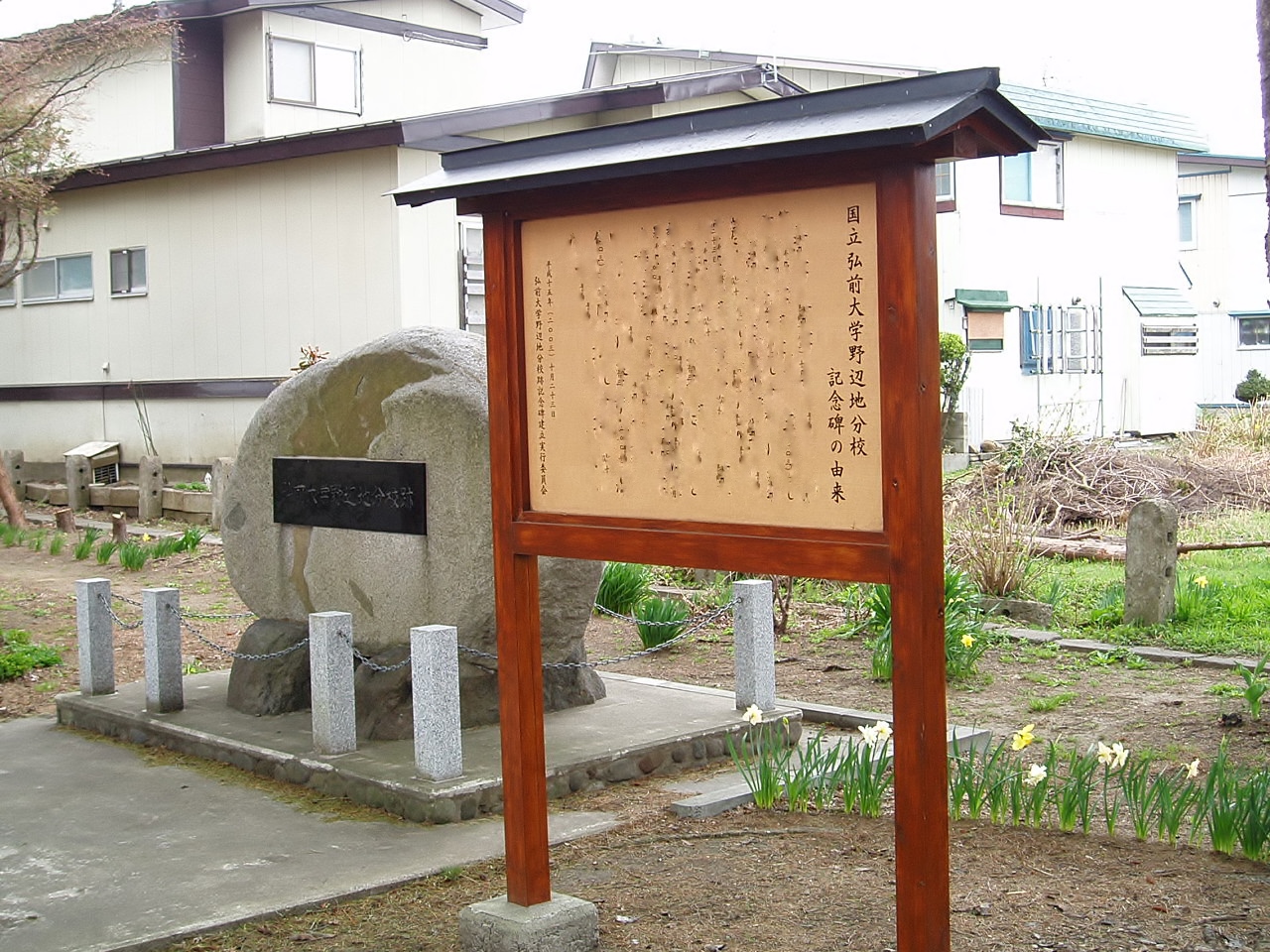Thinking about studying in Japan but want a campus that feels personal, affordable, and close to nature? Hirosaki University sits in Aomori Prefecture—apple orchards, snow country, and one of Japan’s best castle parks—yet it’s a serious national university with distinctive strengths in medicine, health sciences, agriculture, and sustainable technologies. This guide gives you a clear, practical view of what international students can expect: programs, fees, facilities, support, climate, student life, and outcomes. All facts and figures are drawn from recent official sources, with links so you can verify quickly.







Quick Facts: Hirosaki University (Hirosaki, Aomori)
| Type (National/Public/Private) | National (National University Corporation) |
|---|---|
| Total Students | 7,062 total — Undergraduate 6,013; Graduate 1,049 Source (Univ. Summary 2025 PDF) |
| Campuses | Main: Bunkyo-cho; also Hon-cho (University Medical Center), Gakuen-cho Access |
| Faculties/Schools | Faculty of Humanities & Social Sciences; Faculty of Education; School of Medicine; School of Health Sciences; School of Clinical Psychological Science; Faculty of Science & Technology; Faculty of Agriculture & Life Science Programs (EN) |
| 学费 | Undergrad & most Graduate: ¥535,800/year; Entrance Fee: ¥282,000; Research Student: ¥356,400/year; Auditors: ¥14,800 per credit Fee FAQ (EN) |
| Gender Ratio | ≈58% male / 42% female (4,065M / 2,997F across UG+Grad) Source |
| Intl-Student % | ≈2.7% (194 international students as of May 1, 2025) International Data |
| Students per Staff | ≈8.3:1 (7,062 students / 855 academic staff) Source |
Campus Maps
Bunkyo-cho Campus (Main, Hirosaki)
Address: 1 Bunkyo-cho, Hirosaki, Aomori 036-8560, Japan
Hon-cho Campus (University Medical Center)
Address:
Graduate School of Medicine — 5 Zaifu-cho, Hirosaki 036-8562, Japan
University Hospital — 53 Hon-cho, Hirosaki 036-8563, Japan
Graduate School of Health Sciences / School of Clinical Psychological Science — 66-1 Hon-cho, Hirosaki 036-8564, Japan
Mission, History & Founding Story
Hirosaki University is a national university grown out of the postwar reorganization of Japan’s higher education system. In the decades since, the university has taken a distinctly regional-yet-global mission: contribute to the well-being of Aomori while engaging in research and education that matter beyond the region. The institution summarizes this as “Communicating with the world; Creating with our community,” and prioritizes four themes—renewable energy, the environment, radiation emergency medicine, and food—fields that align with both the local economy and global needs. These priorities run through the faculties of Medicine/Health Sciences, Science & Technology, and Agriculture & Life Science in particular, as well as the university’s interdisciplinary institutes. University Summary (EN PDF)
The campus identity is intentionally student-centered. Policies and educational reforms emphasize visible learning outcomes, strengthened faculty development, and expanded data science literacy across disciplines. Internationalization is not an add-on; it’s built into the plan by way of overseas exchanges, online collaboration, and community-linked programs that help local industries (agriculture, forestry, fisheries) cultivate global talent. Students see this in curricula that cross humanities and sciences and in the large number of clubs, circles, and practical training opportunities. Hirosaki University (EN)
Key Strengths & Unique Features
Radiation Emergency Medicine & Health Sciences Cluster
Hirosaki is known nationwide for its work in radiation emergency medicine. The Institute of Radiation Emergency Medicine collaborates with hospitals and international partners on research and training, linking closely with the School of Medicine and School of Health Sciences. For students, this means exposure to lab-based learning early, clinical training, and clerkships at the Hon‑cho (Medical Center) campus. School of Medicine (EN) ・ School of Health Sciences (EN) ・ institutional overview in the University Summary 2025
Sustainable Energy, Materials & Disaster-Resilient Engineering
The Faculty of Science & Technology spans Mathematics & Physics, Frontier Materials Chemistry, Global Environment & Disaster Prevention Sciences, Electronics & Information Technology, Mechanical Science & Engineering, and Sustainable Energy. Curricula emphasize regional issues (winter climate, earthquakes, energy transition) from a global perspective—useful for students eyeing green tech or resilience planning careers. Faculty of Science & Technology (EN)
Apples, Food Systems & Regional Agriculture
Aomori is Japan’s leading apple region, and Hirosaki’s Faculty of Agriculture & Life Science leverages that context in applied biology, food sciences, agricultural engineering, and international agriculture and horticulture. Expect hands-on work and field-linked projects tied to regional sustainability and food innovation. Agriculture & Life Science (EN)
Clinical Psychological Science (Undergraduate School)
Hirosaki’s School of Clinical Psychological Science prepares professionals who combine scientific thinking with ethical practice and community engagement. Its presence alongside Medicine and Health Sciences creates a broader health-and-well-being ecosystem unique among regional national universities. Faculties/Schools (EN)
Student Life for Internationals
Clubs & Circles
There are 140+ circles and teams from sports to culture. Joining a club is one of the fastest ways to build friendships in Japan. Hirosaki’s English “Campus Life” page links to sports and facilities information, and the campus tour video gives a feel for the Bunkyo‑cho grounds. Campus Life (EN) ・ Campus Tour (English)
Dedicated Support Offices (Visa, Housing, Counseling)
The Department of International Education & Collaboration supports international students on immigration, housing, scholarships, and daily life (including Japanese-language study advice). Its pages outline fees, scholarships, and residence options such as the International House. International Education & Collaboration (EN) ・ International House (EN)
Language-Exchange, Buddy & Tutor Programs
Hirosaki runs a tutor/buddy structure that pairs newcomers with student supporters (including separate systems for exchange students and degree-seeking students). The English Lounge (EL) also provides a welcoming space to practice English or join events. Tutor System ・ English Lounge
Partner Institutions & Exchange Options
Hirosaki maintains dozens of university-level and department-level agreements across North America, Europe, and Asia. Outbound exchange students typically do not pay additional Hirosaki tuition while abroad, though graduation timing may shift depending on credits. See the international office pages for procedures and the current list of partners. Partner-School Exchange (EN) ・ partner counts appear in the university’s International Data
Local Climate & Lifestyle
Weather Snapshot (Recent Years)
Hirosaki has four distinct seasons: snowy winters, mild springs, warm/humid summers, and crisp autumns. In 2024 monthly data for Hirosaki (station no. 0166), mid-winter daily means hover a few degrees below 0°C with sub‑zero nightly lows, while late July–August daily means are around the mid‑20s°C, with typical highs near 30°C during heat waves. Check the Japan Meteorological Agency’s month‑by‑month tables for the latest numbers when you plan. JMA Monthly Climate (Hirosaki)
Cost of Living Snapshot
On-campus options include the International House (A‑type single rooms at ¥20,000/month; B‑type at ¥26,000; C‑type at ¥32,000 for one or ¥16,000 per person for two), plus modest cleaning fees at move‑out. Off‑campus apartments typically range ~¥30,000–35,000/month in Hirosaki city. Always confirm the current year’s residence guide before budgeting. International House Flyer (EN, PDF) ・ International House Webpage
International Student Statistics
As of May 1, 2025, Hirosaki reports 105 international undergraduates and 89 international graduate students (total 194), with notable cohorts from China, Thailand, Malaysia, and other parts of Asia, plus Europe and North America. For the latest breakdowns by country/region, see the university’s international data page. International Data (JP)
Career & Graduate Prospects
Graduates commonly enter education, healthcare, engineering, IT, local government, food/agriculture, and manufacturing across Tohoku and greater Japan. University career services support job‑hunting and internships; campus pages also describe an employment support network tailored for international students. Historical statistics, application/matriculation data, and graduate outcomes are summarized in the “Statistic Data” section. Campus Life (careers section) ・ Statistic Data (EN)

